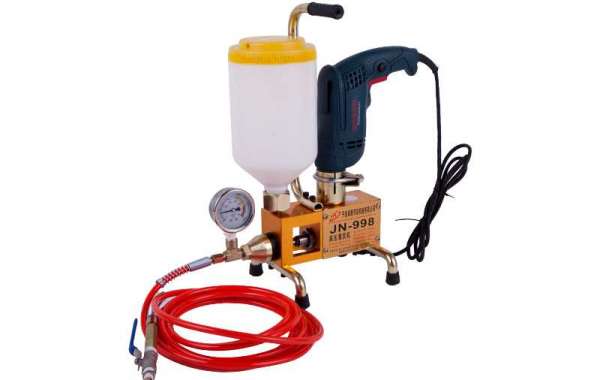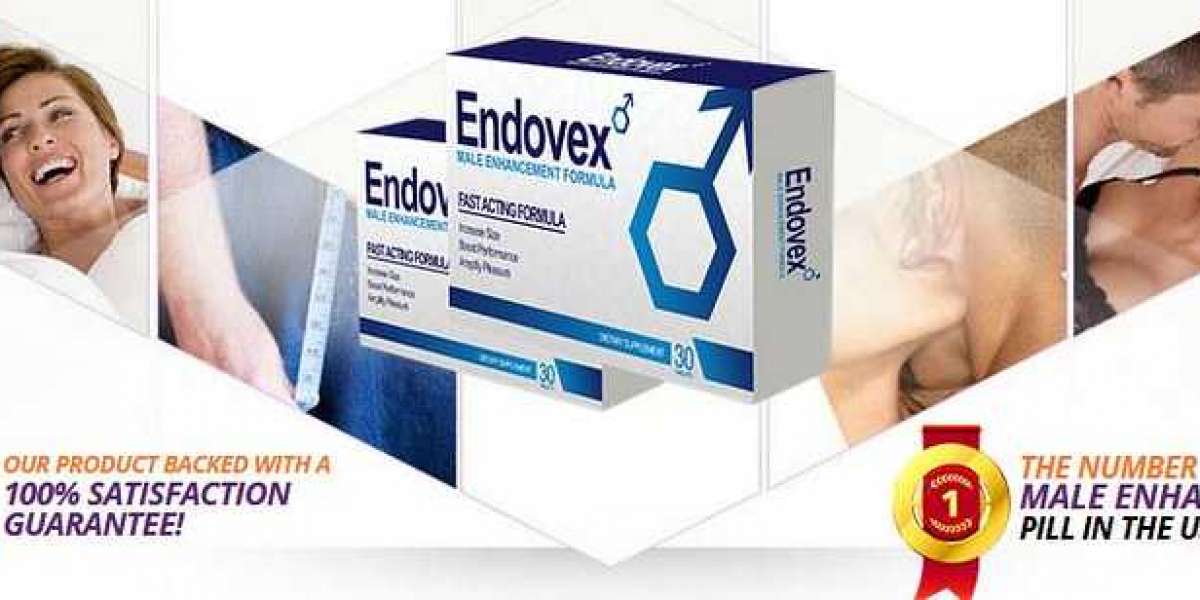gear
Always wear appropriate protective equipment and goggles, and follow the instructions in the data sheet and MSDS.
cleaning supplies
If necessary, the surface of cracks or joints can be cleaned by wire brush, high pressure cleaning or similar methods. A clean surface will help identify cracks and problem areas more clearly.
spacing
Determine the spacing, pattern and depth of the drill holes. Depending on the width of the crack, the packer spacing is approximately 6 inches to 12 inches (10 cm to 20 cm). In hairline cracks, the waterstop and gasket Polyurethane injection grouting will not go too far, resulting in narrower packer spacing, while wider cracks make fluidity and packer spacing easier. Stagger the holes from one side of the crack to the other (left/right).
At 45 degree injection
45 degree angle drilling and packer placement
The preferred method of packer placement is at a 45 degree angle. Yes, some exceptions will be discussed later. In structures with a thickness of more than 6 inches (12-15 cm), a 45-degree angle is recommended as the best method to make cracks intersect halfway through the structure. This is achieved by not drilling directly into the crack, but starting to drill a few inches to the left or right of the crack at an angle close to the crack itself. This technology allows product flow "from the inside out", which is necessary for optimal crack penetration. For example, on a 10-inch thick concrete wall, you move the crack 4"-5" or 8cm-10cm away, and drill toward the crack at a 45-degree angle to hit the target. It helps to make the drill bit enter straight initially and then tilt the drill bit to the desired angle. The typical drill bit spacing along the crack surface ranges from 6-12 inches or 10cm-20cm, depending on the thickness of the crack. Thin line cracks require closer spacing than large cracks because the material does not move that far. Stagger the drill holes from one side of the crack to the other, and intersect the crack when drilling.
There are always exceptions to the rules.
Straight drill
Drilling into joints (such as concrete tunnel sections) is usually done directly. In addition, concrete structures with a thickness of less than 6 inches may not allow angled drilling because the concrete may crack and peel off. The same can happen in severely deteriorated concrete substrates and low-quality concrete. In this case, it is recommended to drill and install the packer directly into the crack, instead of completely penetrating the structure.
Drill dust
When drilling deeper holes, pull out the drill bit in a repeatable motion to remove the drill cuttings and prevent the drill bit from binding.
Rebar
Most concrete structures are filled with steel bars to increase structural strength.
In a perfect, crack-free structure, concrete protects steel bars from corrosion by isolating it from moisture and air and providing a higher pH environment. However, as the cracks develop, the shielding layer is damaged, air and water cause carbonization, the steel bars corrode and expand, and rust is formed at the same time. The expansion of the rusty steel bar will exert a great force on the concrete, which will cause the concrete to deteriorate and appear more cracks and spalling. Chemical grouting can minimize these processes.
Rebar will slow down the drilling process. When your drill is in contact with the steel, the sound will change, and the process will slow down or stop. Some drill bits allow drilling through rebar. This is generally not recommended and may even be prohibited. At this time, mobile drilling is the only option. If you repeatedly touch the rebar, try to drill directly into the crack. Blind hole drilling needs to be repaired and sealed before injection to prevent leakage.
Rinse/clean concrete dust and debris holes
Debris generated during the drilling process thickens the product, resulting in higher Injection Packers pressure and reduced penetration. The best practice is to remove concrete dust and debris from the borehole by flushing with a hose until clean water is observed. Just use a hose to flush out the debris in the hole. If washing is not possible, vacuuming the dust may also help. Blowing away debris is another option, but please note that dust may cause an inhalation hazard, and appropriate protective equipment must be equipped. If a lot of water comes out of your borehole, there is no need to clean the hole.






